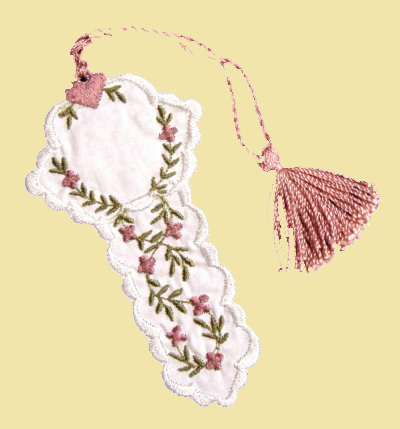the espingol consisted of one or more main gun barrels most often mounted on an artillery type carriage. The weapon is loaded with magazines each loaded with between 16 to 32 bullets, inserted into the larger diameter main barrels at the breach. Shooting lead bullets each with its own powder load, they are fired sequentially, after the ignition of a fuse, from the outermost bullet to the breach plate. The powder load of the next bullet was ignited as the first bullet was discharged. When all bullets in a magazine were discharged, the empty inner barrel was extracted and replaced by a new, fully loaded magazine. The effective firing range of the original espingol were limited to about 200 meters. Two types of espingol were originally developed. The "divisionsespingol" consisted one main gun barrel, into which the inserted magazines with between 16 to 32 bullets. The "kolonneespingol" consisted of three main gun barrels, into which the inserted magazines with 16 bullets each. The gun barrels of the "kolonneespingol" could be discharged individually or simultaneously.
In the Three Years War the espingols manufactured before 1842 still remained in the inventory of Danish arsenals. A battery equipped with 12 "divisionsespingols" and 4 "kolonneespingols" were used in the campaign. The espingol first saw action at Sundeved on May 28, 1848, when the espingols were able to engage enemy troops at close range and with great effect. Reviewing the combat experience, different attempts to improve the espingol were made. The barrels were rifled and modern bullet were used. This increased the firing range of the divisionsespingol to some 500 meters and of the kolonneespingol to 400 meters. By 1850, War Commissioner N. J. L÷bnitz devised the organ espingol. This version consisted of twenty gun barrels, each with a 15 bullet magazine. L÷bnitz also developed a man carried espingol musket. This weapon could be used in the same manner as a standard musket but being loaded with 10 bullets that could be fired in quick succession. Essentially the equivalent of a man carried machine gun. Interest in the espingol lead to an espingol battery being provided to the Tsar of Russia as a gift in 1855. This battery was later employed during the Crimean War.
